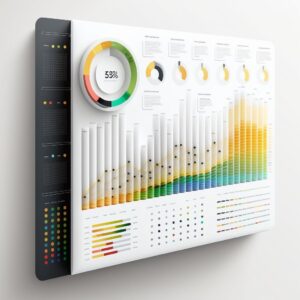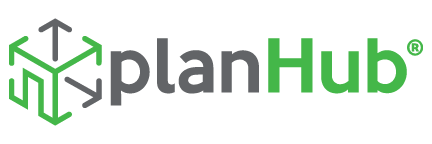Welcome to the new age of digital marketing, where data is the driving force behind our campaigns. With advances in technology, marketers have a new weapon in their arsenal: Predictive Analytics. Ready for a deep dive? Buckle up!

What is Predictive Analytics in Digital Marketing?
Predictive Analytics involves harnessing the power of past user behavior data to forecast future outcomes. In digital marketing, this means predicting which trends will dominate, what customers will buy, and which campaigns will hit the bullseye.
Benefits:
- Foresee market changes and adjust strategies.
- Improve customer experiences by tailoring campaigns.
- Reduce costs by optimizing marketing spend.
For more on analytics, check out our insightful piece on how AI is changing digital marketing.
How Does It Revolutionize CRO (Conversion Rate Optimization)?
Understanding user behavior is the key to effective CRO. By anticipating user actions, brands can craft experiences that resonate.
- Tailored Content: Deliver content that resonates with users, boosting engagement.
- Optimized User Experience: Design interfaces that users adore.
- Dynamic Pricing: Adjust prices based on demand forecasts.
Dive Deeper: Explore the power of heatmap analysis for CRO.
How Do You Implement Predictive Analytics for Your Brand?
- Gather Data: From web analytics to sales records, data is everywhere.
- Analyze and Identify Patterns: Tools like machine learning can help. Did we mention machine learning in campaign optimization?
- Implement Insights: Use predictions to tweak campaigns.
Pro Tip: Don’t just rely on quantitative data. Quality insights from platforms like Google Analytics 4 with its events and regular expressions can be gold!
What’s the Catch with Predictive Analytics?
While powerful, predictive analytics isn’t a magic wand.
- Data Quality Matters: GIGO (Garbage In, Garbage Out) is real. Ensure data quality.
- Requires Expertise: Handling predictive tools might require a learning curve.
- Ethical Concerns: Remember to handle user data responsibly. Dive into the GDPR and privacy regulations in digital marketing to stay compliant.

Future of Predictive Analytics in Digital Marketing: What’s Next?
- Integration with AI: Making predictions more accurate.
- Hyper-personalized Campaigns: Tailoring every campaign element to individual users.
- Better UX Designs: Basing designs on predictive user behavior analytics.
Hungry for more insights on the future? Here’s how SEO will evolve with AI and machine learning.
What tools are best for Predictive Analytics in marketing?
Many tools offer predictive analytics features, ranging from Google Analytics to specialized platforms like Alteryx and RapidMiner.
How accurate is Predictive Analytics?
It’s as accurate as the data it’s based on. The quality and quantity of data play pivotal roles.
Is Predictive Analytics expensive for startups?
Not necessarily. Some tools are budget-friendly or offer freemium versions. Dive into digital marketing for startups for more tips.
How does Predictive Analytics differ from traditional analytics?
While traditional analytics focuses on past data, predictive analytics forecasts future trends and behaviors.
Final Thoughts: Predictive analytics is here to change the game for marketers. The ability to foresee and act proactively rather than reactively can be the edge brands need. If you’re as excited as we are about the evolving digital landscape, why not subscribe to our newsletter? Stay updated, stay ahead!
Don’t forget to visit d-dat.com for more quality and useful blog posts!







